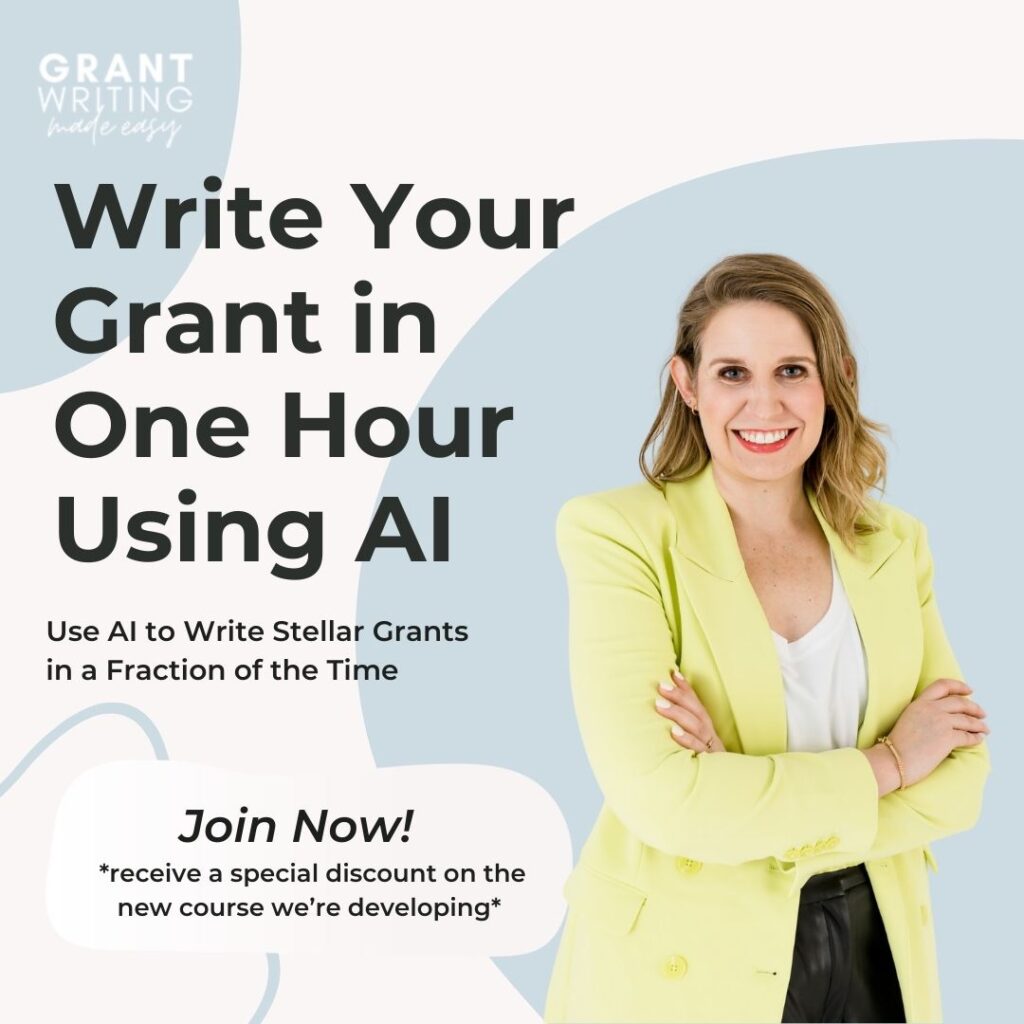We’ve all heard it a million times: “There aren’t enough hours in the day.” Time management has long been heralded as the solution to our increasingly busy lives. But what if the real challenge isn’t managing our minutes and hours? What if the key lies in reframing our perspective, shifting from a narrow focus on time to a holistic approach that encompasses all our resources? Join us as we explore the overlooked dimensions of productivity and unveil strategies that extend beyond the confines of a ticking clock. Dive deep into understanding the real resources you should be managing, and discover how a comprehensive approach can lead to a more balanced, fulfilled life. Welcome to a new era of resource mastery. 🕰️➡️💡
About the Author
In her previous career as a university-level writing instructor, Dr. Stephanie Weaver taught hundreds of first-year college students not just about citations and sentence structure but also about how writing gets done. She’s passionate about helping people find the writing practices and strategies that work for them to accomplish their writing goals.
Knowledge Management: Streamlining Your Processes
In this series so far, I’ve talked about how to manage a lot of internal stuff – your energy, your willpower, and your emotional relationship to your work. In this post, we’re going to start looking outward.
I first became aware of the term “personal knowledge management” (or PKM) when I was studying for my comprehensive exams as part of my PhD program. In my program, exams went something like this: You develop a reading list with your exam director and committee, you read all the things on the list over the course of a few months, then your committee gives you a list of questions and you write essays in response to them over the course of either 4 or 48 hours, depending on the exam, that draw extensively from across that reading list.
I’m a fast reader, so getting through the reading list wasn’t that much of a problem, but actually recalling what was in the readings was more of a challenge. Since these exams were open-note, I just needed to figure out some strategies for pulling out the key pieces of information and organizing them into a format that I could quickly sort through once I had the exam questions in front of me. I ended up using Microsoft OneNote to create pages of summaries and quotes, which I then tagged with a few key terms for search purposes.
In the ten years since then, the realm of personal knowledge management has exploded, as you’ll be able to see with a quick search on YouTube. In fact, it’s become a whole form of procrastination unto itself, with hours poured into carefully setting up files and folders and number systems (and I’ll admit that I’ve been known to use it to avoid doing actual work from time to time.)
But when employed deliberately and with care, personal knowledge management can save significant time and energy when it comes to knowledge work. After all, when you’re applying to grants, you’re drawing on the same basic pool of information over and over again, just making different selections according to what a funder wants. Curating that pool of information is vital to efficient grant writing.
Some of the information you need to curate may seem obvious – your organization’s mission and history, metrics about how many people you serve and their demographics, details about your activities and methods, etc. But other kinds of information may seem less immediately relevant. News stories about issues in your local area can be used in statements of need. Descriptions of organizations that are similar to yours may find a place in your methodology. I have a lot of random information rattling around in my head about bias in standardized testing from my previous career as an educator, and lo and behold, it is useful once again as I have started working with an education-focused nonprofit.
Setting up a system for collecting all this takes some forethought, though. Here’s some tips for getting started.
1. Take a look at what’s out there. Watch a few videos or read a few articles about what tools are out there for personal knowledge management. Here’s a few tools that I’ve used at different points in the past ten years:
- Paper notebooks
- OneNote
- Evernote
- Google Keep
- Notion
- Obsidian
There are many more out there, and all of these tools have their own pros and cons, so getting a sense of what’s out there can help you envision what you might want your own tools to look like.
2. Think about how you need to use your tools and info. Do you need to share information with a whole team, or just yourself? Do you want to be able to clip articles from the web straight into your database? What operating systems do you work with the most? Do you get a lot of info from videos or podcasts or mostly text-based articles? Looking at the features of different tools will help you narrow down your choice.
3. Start small. A lot of personal knowledge management specialists will talk about developing a Second Brain, where you can dump all kinds of stuff and organize your entire life. That is not what you are trying to do here. (Maybe one day, but not at first.) What you are trying to do is organize information so that you can access it easily and find what’s relevant quickly. And rather than going out and trying to find all this exciting new information to put in your collection, start with what you have (I’m looking at you, random collection of downloaded PDFs that somehow haven’t found a home yet.)
4. Don’t worry about evaluating as you build. As you add things to your collection, try not to get bogged down in what’s important and what’s not. Part of the point is that we don’t know what’s useful until we need it. Instead, focus on storing things in a way that will allow you to find them later if you want.
Keep in mind that personal knowledge management doesn’t have to be something separate from your existing workflows. In fact, we manage a lot of our information for our clients in Google Docs. Every client has a Standard Grant Narrative document that gets updated every month and that contains a lot of information – basic contact info, data points and metrics, even whole paragraphs of program description – that gets used over and over again. It’s not always the prettiest document, but the ultimate goal is to keep that information easily accessible over time.

Dive into our “Write Your Grant in One Hour Using AI” course. It’s packed with video tutorials, a digital workbook, and a cheatsheet to guide you through the AI-driven grant writing process. 🎓
Don’t miss out on this chance to stay at the forefront of grant writing and harness the power of AI to enhance your grant writing process.






